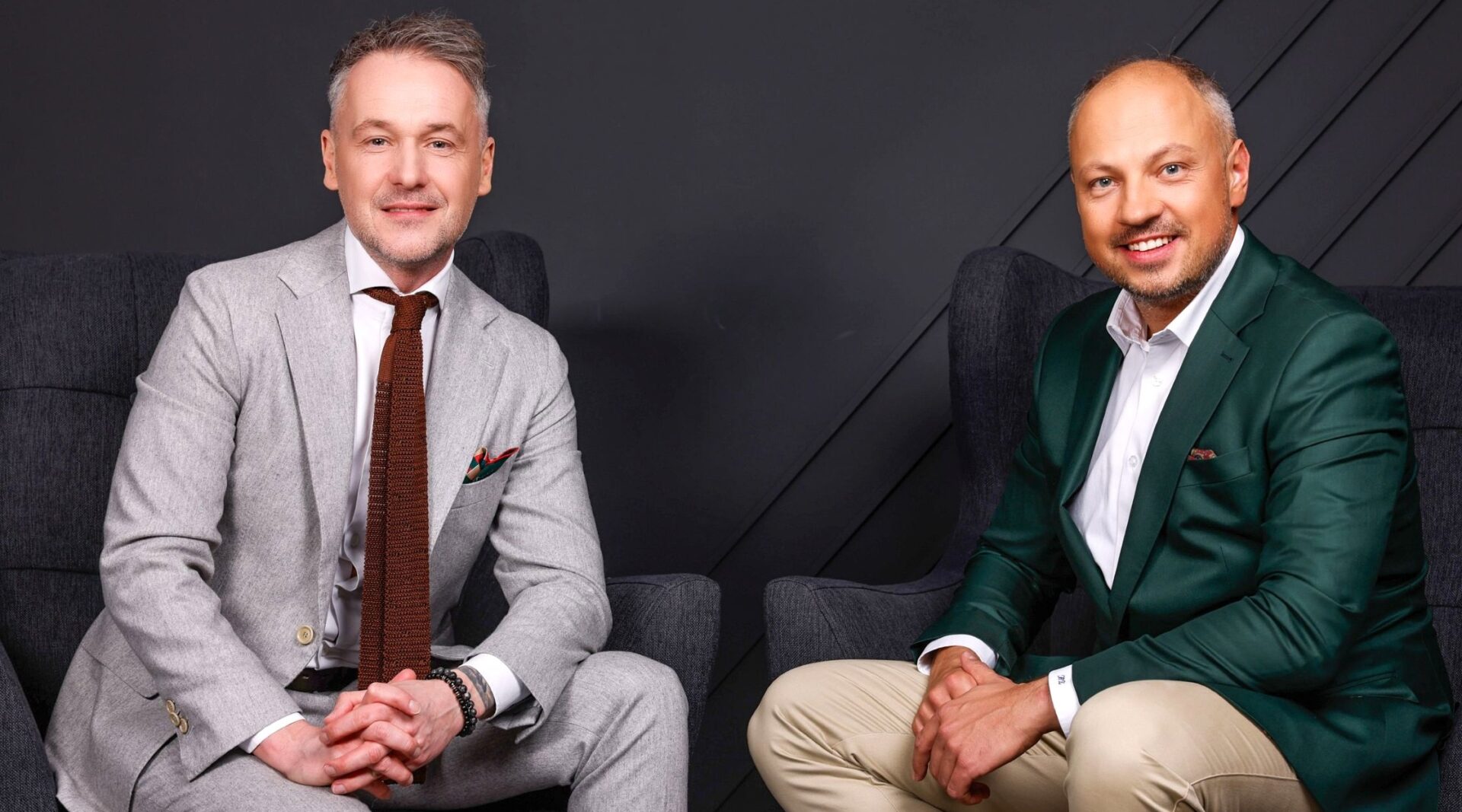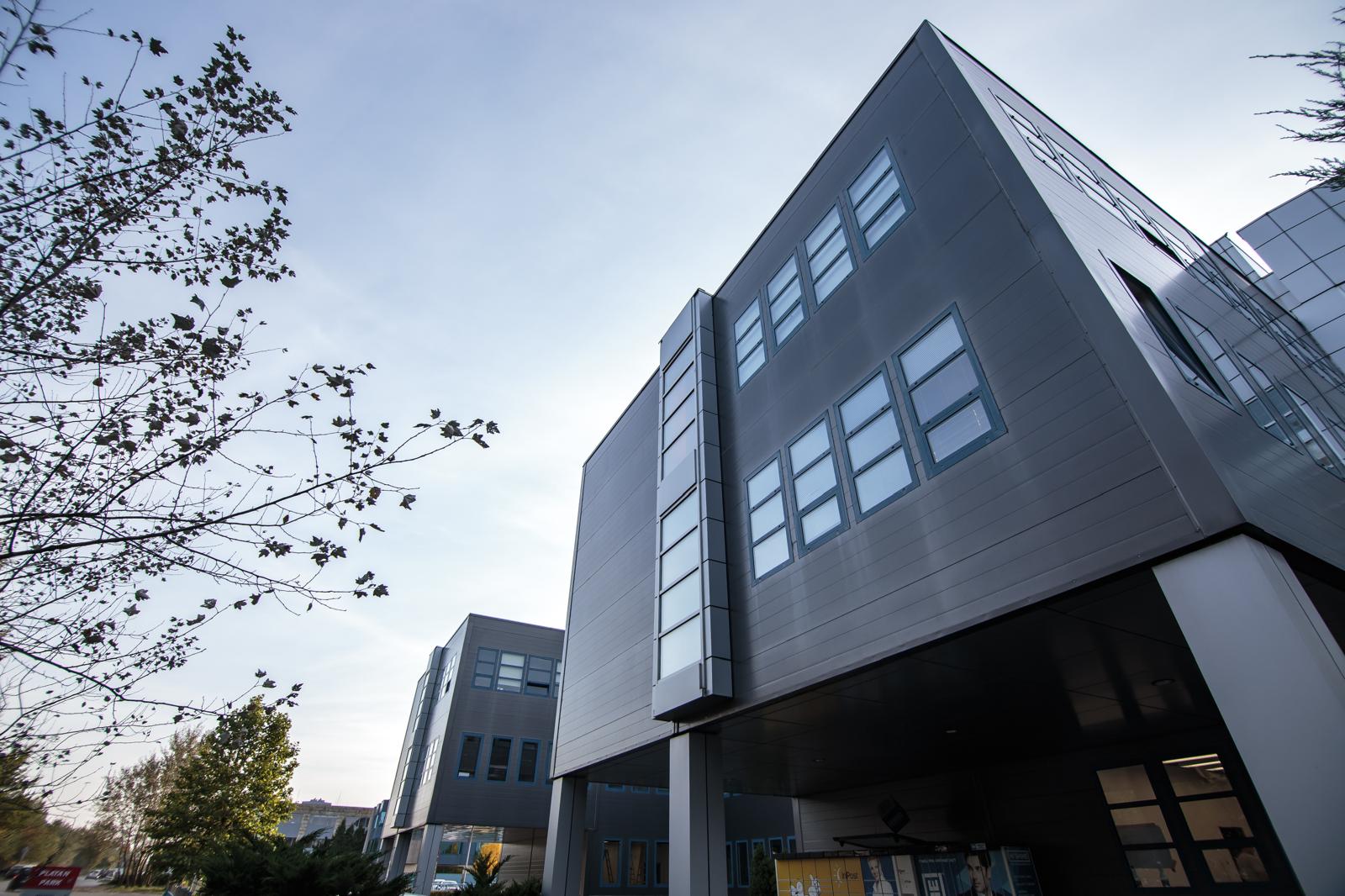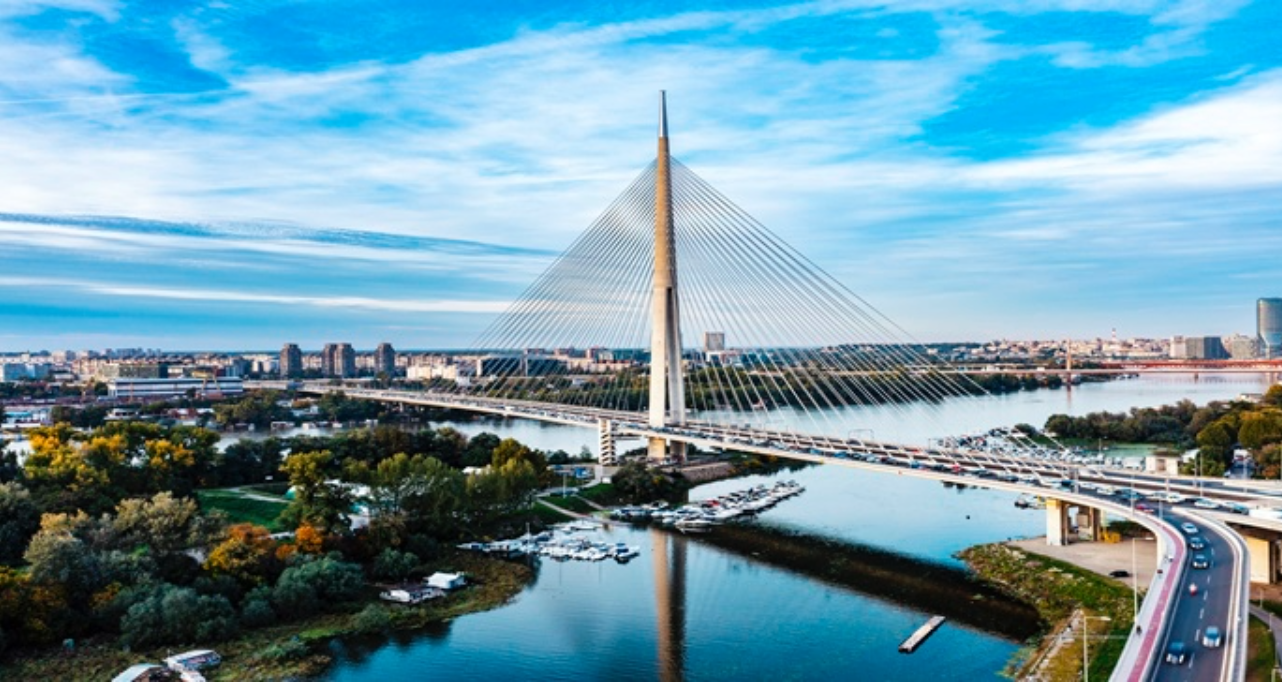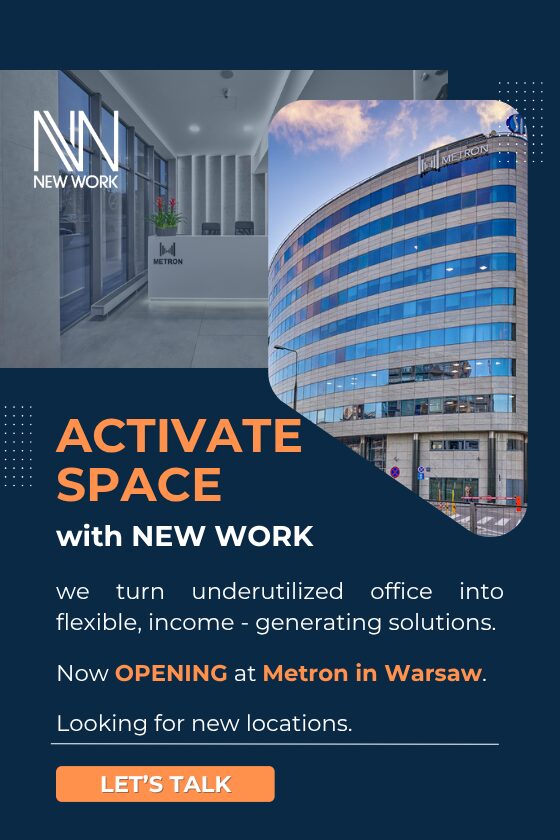The mood at EXPO REAL 2025 was clearly more optimistic than a year ago, although investors are becoming increasingly cautious. According to experts at Walter Herz, there is no shortage of capital, but the hunt for quick opportunities and high-risk deals is becoming a thing of the past. Today, the focus of investors is primarily on quality. The market is entering a phase of mature selection and long-term strategies.
“Observing the attitude of participants at EXPO REAL 2025, it’s clear that the era of unrestrained optimism in the European investment market has come to an end. It has been replaced by a mature, cautious, and highly selective demand for real estate. The meetings and discussions we held in Munich revealed a market entering a new, more demanding phase. Investors’ mindset can be described as exceptionally balanced and thoughtful. Asset selection now resembles an analytical process. The sector is returning to fundamentals and focusing on quality. Investors are moving away from speculative opportunity-hunting. What matters most today is the long-term value of assets and secure, predictable returns,” says Bartłomiej Zagrodnik, Managing Partner and CEO at Walter Herz.
Above all, long-term asset stability
“The chase for quick opportunities is over; investors are turning to quality. Market stability and high asset standards have become the main selection criteria. We’re witnessing a kind of flight to quality. Investors are primarily drawn to top-tier assets, which are also highly rated in terms of ESG,” says Bartłomiej Zagrodnik.
“EXPO REAL 2025 showed that investors no longer view the real estate market as a whole, but are instead focusing on top-performing assets within individual sectors. Every property class is being analysed, as long as it offers a high standard, reasonable valuation, and a location that ensures long-term stability,” says Emil Domeracki, Partner and Board Member, Land Development Advisory at Walter Herz. “Questions about the Polish market are no longer about its economic potential, which is now undisputed. Poland, with one of the highest GDP growth rates in Europe, is seen as a haven and a driving force for regional development. The key question today is how to identify the projects that will be market leaders in ten or twenty years. That’s where we also see our strategic role as advisors,” adds Emil Domeracki.
“We’re seeing an increase in liquidity, but the market is far from euphoric. Investors are analysing each project in great detail, focusing on its ability to generate income over the long term. Market participants are waiting for decisions from central banks regarding interest rates, which will be crucial for unlocking the full transactional potential in the coming quarters. At the same time, and this is particularly encouraging, the strength and activity of Polish capital are growing. It now accounts for 15 percent of the total transaction volume in Poland. Domestic investors have a deep understanding of the local market and can spot opportunities where foreign funds still tend to be overly cautious,” emphasises Emil Domeracki.
Logistics remains the investment leader
Despite growing investor activity in the CEE region—evident, among other things, in the number of transactions being completed in Poland, the market continues to be characterised by selective investments and relatively low transaction volumes. A price expectation gap between sellers and buyers persists, limiting the number of finalised deals, particularly in the largest office and retail asset segments. Logistics properties, however, remain the clear investment leader, consistently attracting interest from the biggest market players.
The warehouse and industrial sector is currently the most sought-after investment segment. Interest in these assets is being driven by factors such as nearshoring—the relocation of production closer to European consumer markets, and the continued growth of e-commerce. As a result, Poland is strengthening its position as a strategic logistics hub for Europe. Demand for warehouse and production facilities is so high that the key challenge for the market now lies in securing suitable land for the development of new, technologically advanced projects in this segment.
“Poland is now synonymous with European logistics. In Munich, nearly every discussion about supply chains eventually turned to our country. Interest in logistics projects remains strong—from both tenants and investors. And it’s not just about standard warehouse facilities, but also advanced logistics ecosystems that meet the highest environmental standards. Despite the maturity of this market, its growth potential remains significant,” says Bartłomiej Zagrodnik.
“Demand for well-prepared land for logistics, as well as PRS (Private Rented Sector) and data centre projects, is very high. However, Land Development today is much more than just purchasing land. The priority is preparing the site to meet ESG requirements from the very start of the project. Choosing the right land involves comprehensive future-oriented investment planning. During discussions in Munich, investors focused not only on land availability but, most importantly, on due diligence of the land in the context of ESG guidelines, securing access to green energy, and designing projects for certification and preferential bank financing. Forecasting regulations and requirements for the coming decade plays a key role. This is the added value that conscious capital is seeking,” emphasises Emil Domeracki.
-One of the hottest topics in the corridors at EXPO REAL 2025 was the institutional rental sector (PRS), confirming its position as one of the most promising market segments for future growth. Demographic and social changes, increasing professional mobility, and growing acceptance of renting as a lifestyle are creating a solid foundation for stable demand. A sector that until recently was considered niche is now becoming a strategic component of the portfolios of the largest institutional funds. Rental housing is entering the investment elite, concludes Bartłomiej Zagrodnik.







